View Image
Those fan leaves with the overlapping blades - thats the "webbed" look that screams "I'M A DUDD!!!!"
btw thats high life 45's pic
I do not see it.
I have varieties that have overlapping blades, they do not have BM. I know Cannabis pests better then anyone I have ever met, I fought them for decades using IPM, and am very sucessful. I did write a book about Cannabis and pests.
If this plant has a virus or other pathogen spread by broad mites, I don't see it. I do not see any BM damage, but I would need to use a scope and check out the leaves undersides. Yes, viruses and other pathogens can be spread by seed, but remember many Cannabis viruses are symtom free in Cannabis. If it is a disease then maybe farmers in Colorado can go to the Colorado State Department of Agriculture Biochemistry Laboratory and ask for help, they can ID BM and/or maybe find if the plant has a virus, from here I am just guessing.
Maybe in Calif you can use state Agri labs like the State Plant Health & Pest Prevention Service that will help with Cannabis grown by legal medical users? I do not know, but it can't be hard to check, give them a call.
I use the state agri labs here in the Netherlands, they have helped quite a bit in the past. I also worked closely with Kopert here, they tested several new controls with Cannabis in my greenhouse before introducing the controls to everyone.
Good luck, and do not presume you know the problem or the solutions, find the problem then find solutions, if there are any.
-SamS

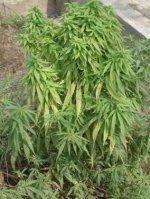
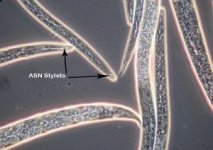
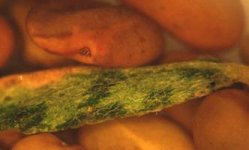
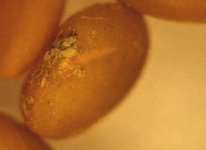
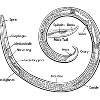
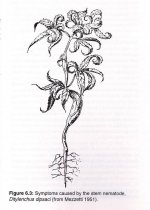
 well said stasis, heat treatment and predator mites are now part of my regimen.
well said stasis, heat treatment and predator mites are now part of my regimen.
